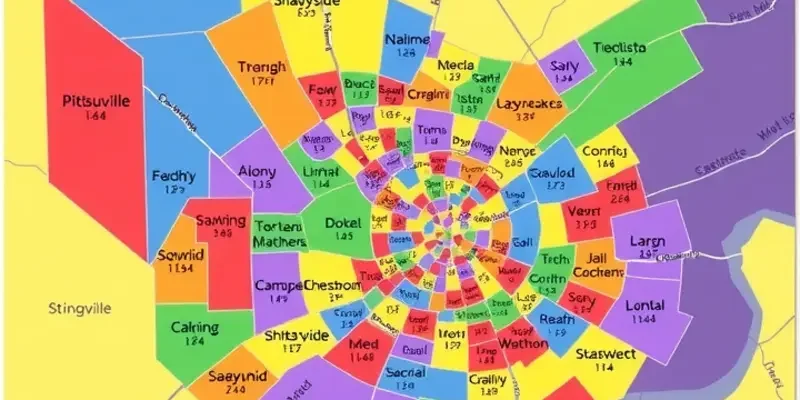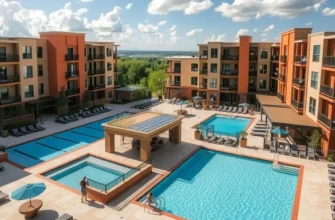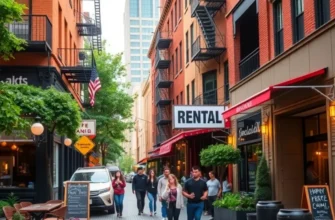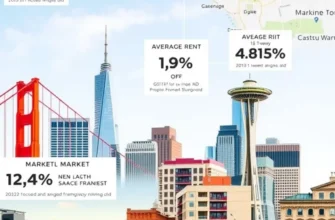Pittsburgh, a vibrant city known for its rich history and stunning landscapes, has become an attractive hub for renters from all walks of life. As a metropolis experiencing a renaissance, it offers a range of neighborhoods each with their unique charm and appeal. From young professionals seeking urban excitement to families wanting suburban comfort, Pittsburgh caters to diverse needs. With a mix of affordable rent prices and amenities, newcomers will find great value in this historical city that combines classic architecture with modern living. As we dive deeper into the rental market, we’ll explore local insights, valuable tips, and the essential neighborhoods that make Pittsburgh an ideal choice for those relocating to a new city. An understanding of the local rental landscape can pave the way for a smooth transition and ensure you find not just a house, but a true home.
Navigating Pittsburgh’s Neighborhoods
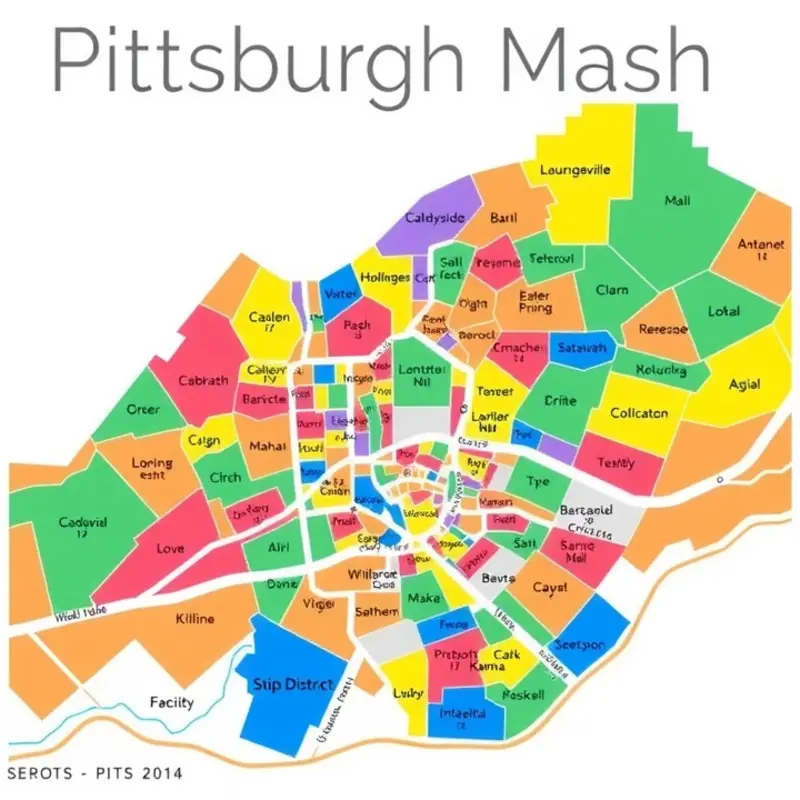
Pittsburgh’s distinct neighborhoods reflect the city’s rich history and vibrant community spirit. Whether you’re drawn to the hustle and bustle or prefer a quieter corner, there’s a neighborhood here for everyone.
Let’s start with Shadyside, a perennial favorite among young professionals and students alike. Known for its bustling commercial district on Walnut Street, Shadyside offers a blend of upscale boutiques, restaurants, and bars. This neighborhood boasts a vibrant nightlife and easy access to public transportation, making it ideal for those who crave convenience. Rent here can be on the higher side, with average monthly rates for a one-bedroom apartment hovering around $1,300.
Moving northeast, you’ll find Lawrenceville, a trendy, up-and-coming area that has seen a surge of new businesses and housing options in recent years. With its industrial-chic vibe, Lawrenceville is filled with art galleries, breweries, and eclectic eateries. Housing here varies, offering converted loft spaces and modern apartments. Expect to pay around $1,100 for a one-bedroom, although prices do fluctuate based on proximity to amenities.
For those who appreciate greenery and tranquility, Squirrel Hill is a remarkable choice. Home to families, students, and academics, this neighborhood offers a residential oasis with leafy parks and tree-lined streets. It’s also home to several key cultural and educational institutions, providing a scholarly feel. The rental market here is diverse, with one-bedroom apartments typically costing between $1,000 and $1,200.
Bloomfield, known as Pittsburgh’s Little Italy, offers a unique mix of culture and community spirit. With its storied Italian heritage, Bloomfield features a variety of family-owned bakeries and delis, alongside dive bars and casual eateries. This makes it a vibrant choice for those who enjoy a neighborhood feel and cultural events. Renters here generally find one-bedroom apartments for $900 to $1,100, making it a more affordable option.
In contrast, the Strip District is a bustling hub of activity filled with markets, shops, and street vendors. It’s a paradise for foodies and those who enjoy the excitement of weekend markets. While historically more commercial, new residential developments have been popping up, offering modern luxury apartments with an industrial flair. The convenience of this location contributes to higher rental costs, with one-bedroom units often exceeding $1,500.
Lastly, consider Regent Square, a charming neighborhood bordering Frick Park. It’s a great option for outdoor enthusiasts and those seeking a small-town vibe within city limits. With its quaint village feel, it offers delightful cafes, local shops, and a strong sense of community. Here, rents are moderate, typically ranging from $900 to $1,200 for a one-bedroom apartment.
When exploring these neighborhoods, keep in mind the elements most important to you. If you’re set on finding the best deal or moving at the right time, understanding the best times to rent an apartment might offer additional insights here. Most importantly, choose a neighborhood that enhances your lifestyle and complements your daily routine.
Essential Insights for Renters
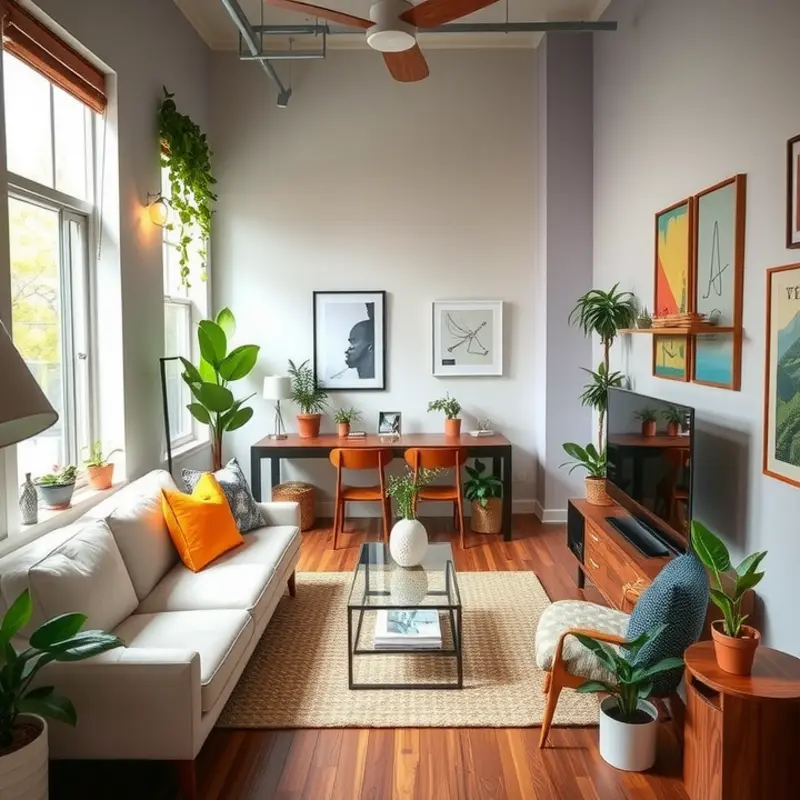
Renting in Pittsburgh is both an exciting and challenging experience. When searching for a rental, it’s vital to consider critical factors that will impact your living situation beyond just the neighborhood choice. First and foremost, understanding lease agreements is crucial. These documents are legally binding, so reading every word is important. Look for clauses about lease termination, security deposits, and policies on pets and late fees. Engaging a local attorney to review the agreement is wise, especially if you have any doubts.
Next, familiarize yourself with local rental laws. Pittsburgh’s rental market is governed by specific regulations designed to protect both tenants and landlords. Knowing your rights and responsibilities can prevent potential conflicts. For example, landlords must ensure properties meet safety standards, whereas you’re typically responsible for minor repairs and maintenance.
Budget planning is another key aspect of securing a comfortable rental. Pittsburgh’s rental prices vary significantly across neighborhoods. Establish a budget that aligns with your financial situation, considering not only rent, but also utilities, internet, and potential parking fees. A general guideline is to allocate no more than 30% of your income to housing costs.
To streamline your search, use multiple resources to explore local listings. Besides popular rental websites, don’t overlook community boards and social media groups dedicated to Pittsburgh residents. These platforms can offer exclusive leads and connect you with future neighbors.
Staying informed about rental market trends can give you a competitive edge. Pittsburgh’s market often sees fluctuations, particularly influenced by the university calendar and seasonal demands. Understanding these patterns can help you secure better deals or time your move strategically. For insight into leasing dynamics and to find out the best time to rent an apartment, explore resources that offer detailed market analyses.
Lastly, consider potential future needs, such as accommodating a growing family or adapting for remote work. Rentals with extra space or flexible lease terms might better suit your evolving lifestyle. Planning for these possibilities will save time and avoid hastily executed moves later.
Overall, renting in Pittsburgh requires due diligence and strategic planning. By taking the time to understand key factors—lease agreements, rental laws, budget planning, and market trends—you can secure an ideal rental that meets both immediate and long-term needs.
Final words
As you set your sights on Pittsburgh, the combination of diverse neighborhoods and a welcoming community can make for a delightful living experience. Each area offers unique opportunities and lifestyle options catering to various needs—be it cultural experiences, family-oriented settings, or convenient commutes for mobile professionals. Taking the time to explore your options will yield a satisfying rental experience, and understanding local market dynamics will empower you in your search. Pittsburgh isn’t just a place to live; it’s a city to flourish in. Welcome to your new adventure!

